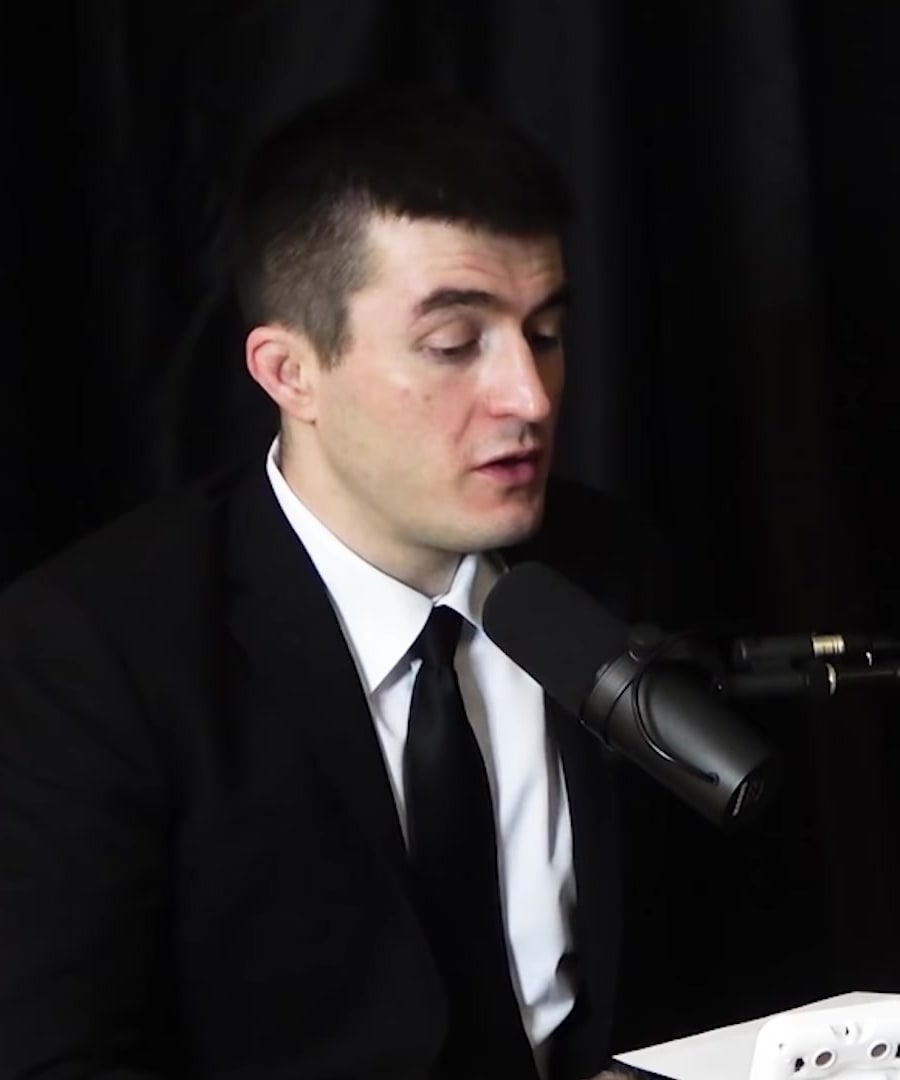Big cycle
Sources:
Ray Dalio extensively discusses the concept of "big cycles," particularly in relation to the rise and fall of empires and the changing world order. Here are the key points:
-
Big Cycle Concept:
-
Historical Context:
- For example, post-World War II, the United States emerged as the dominant power with substantial economic and military strength. This period led to the creation of the Bretton Woods monetary system and established various international institutions like the United Nations and the World Bank in the U.S. This era of dominance resulted in extended peace and prosperity due to the absence of competing powers willing to challenge the U.S. 1.
-
Challenges and Restructuring:
- Over time, issues such as increasing wealth gaps and higher levels of debt can arise within these cycles. Capitalism, while driving growth, can also lead to economic disparities and debt accumulation, which eventually necessitate restructuring, often through conflicts such as wars, serving as equalizers 1 2.
-
Current Application:
- Dalio applies this framework to the current standings of the USA and China, analyzing where they fit into these big cycles. The U.S., having been a dominant power post-WWII, now faces typical cycle challenges, including internal disparity and external competition from rising powers like China 2.
Ray Dalio's insights highlight the cyclical nature of historical and economic changes, providing a framework to understand current and future geopolitical shifts 1 2.
RELATED QUESTIONS-

